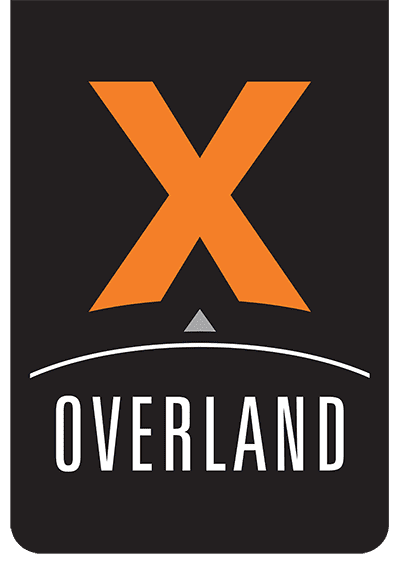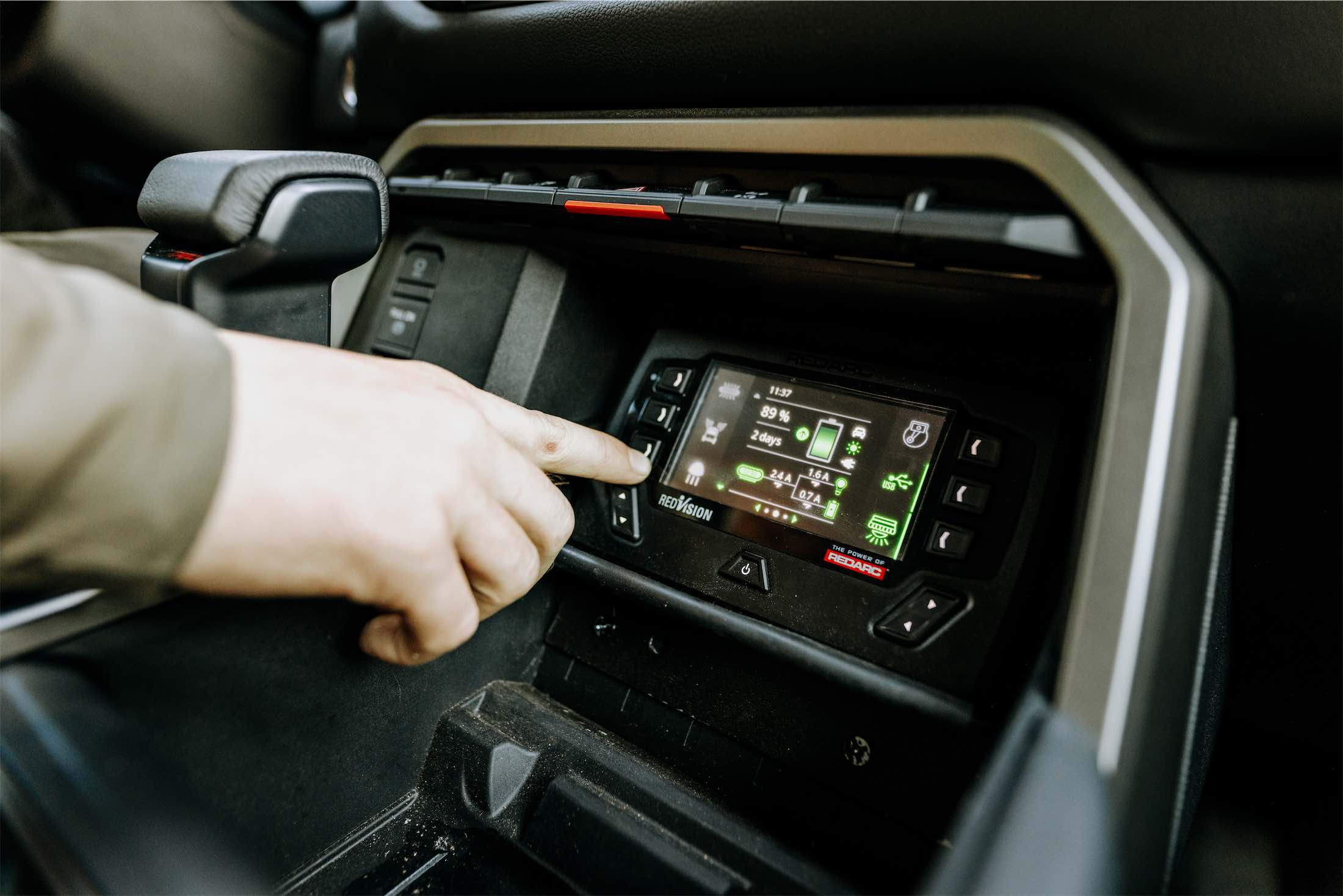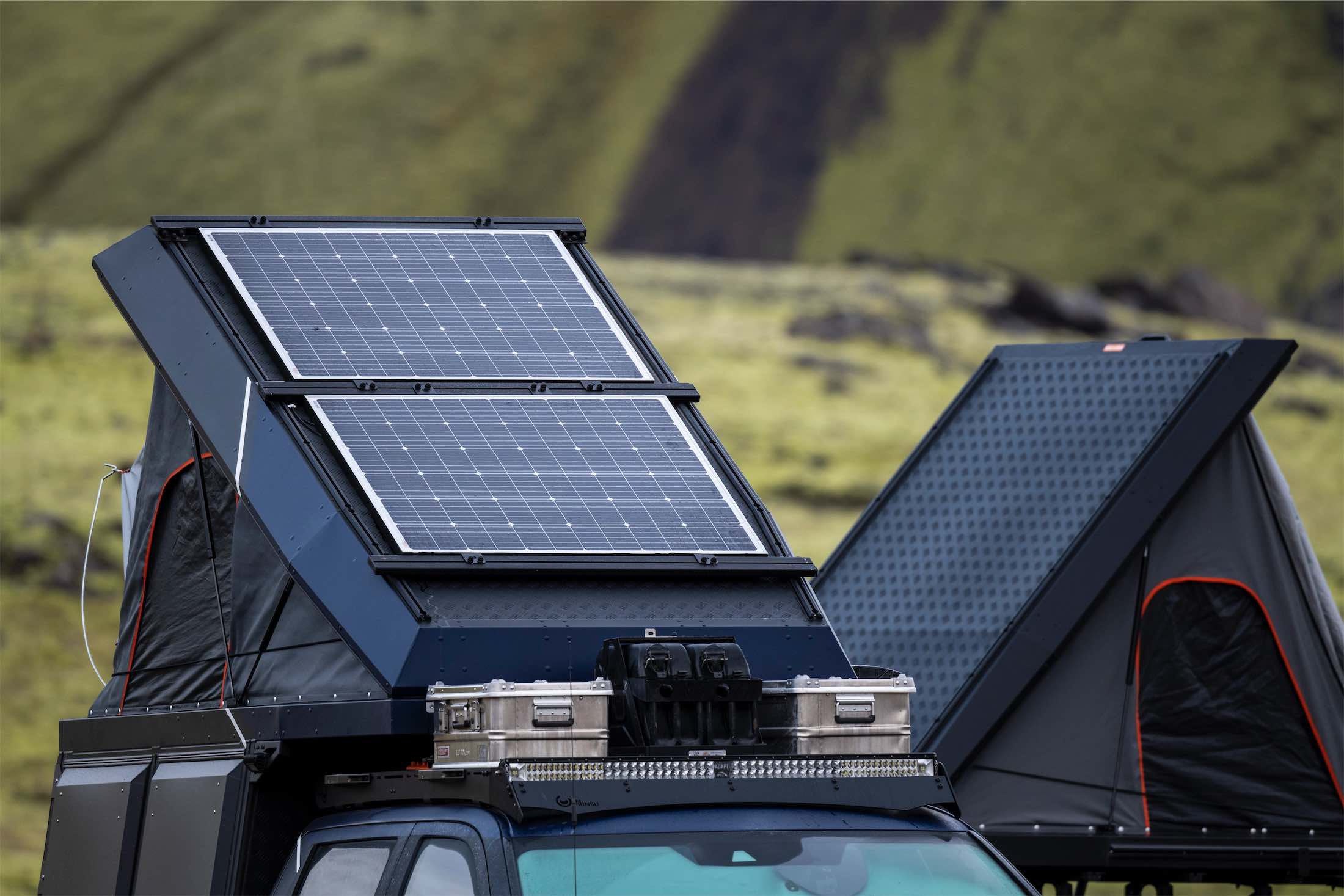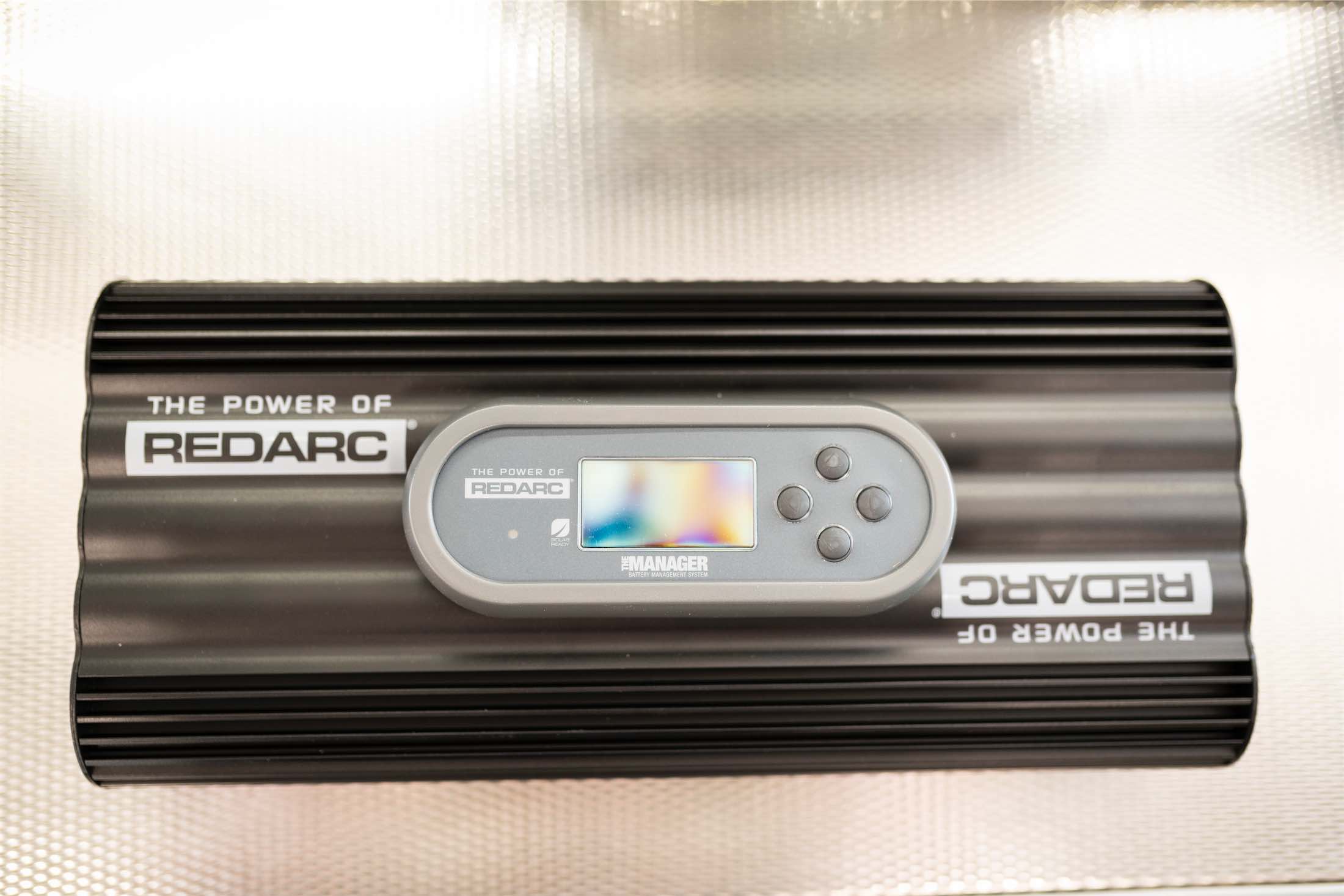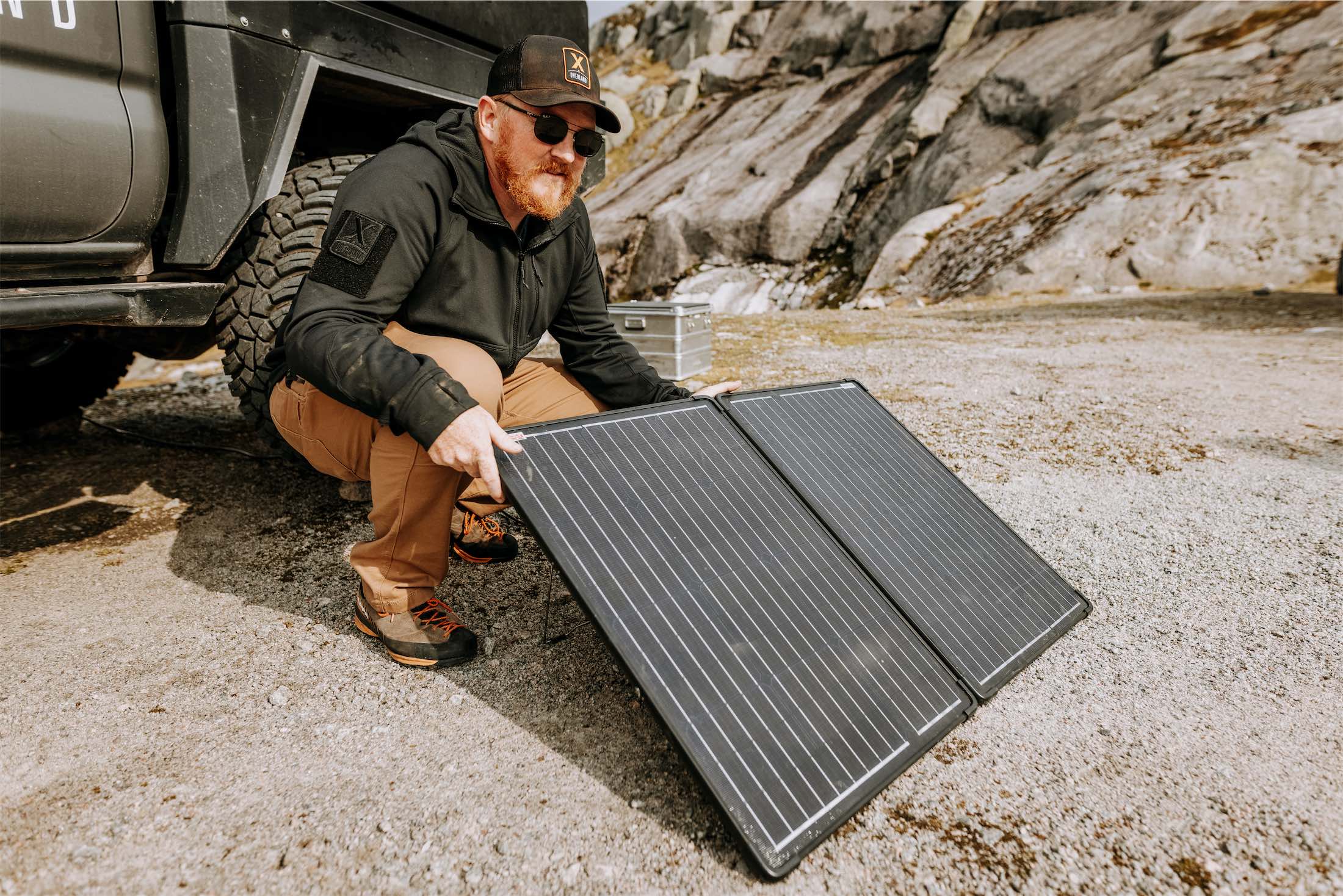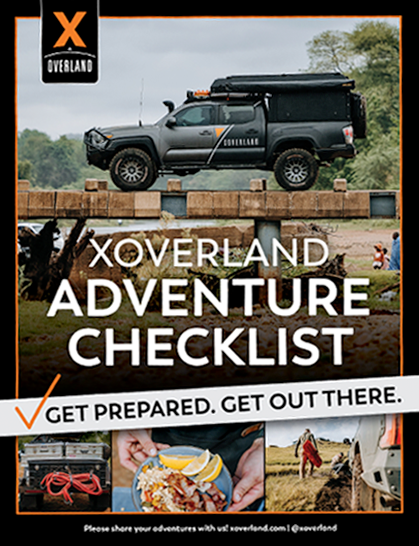
Battery management is critical to long-term overlanding travel. At X Overland, we have heavy power requirements (running production equipment and computers) since we capture films during our travels. Your power needs may differ from ours, but battery management and a reliable power source can make camp life or any length trip run smoothly and keep you comfortable during the journey. Check out some of our suggestions to get started!

Our Proven Recommendations
Here are a few REDARC Power Management Products for all of our energy needs.
Read More: Overlanding and Vehicle Battery Management Systems
Power and battery management systems are an important part of overlanding because they make up your mobile power supply. If you are powering electronics such as GPS units, phones, tablets, light bars, refrigerators, inverters, radios and/or air compressors, it is crucial to be cognizant of the impact all of this can have on your battery. As your electronics add up, your battery can become over-taxed, especially on a full build. Fortunately, we’ve discovered several ways to increase the health, longevity and performance of your batteries and lifestyle while on the road.
But first, let’s get back to basics with an overview of the different battery types and how to use them in combination to create MORE POWER, baby!
Battery Types
There are three main types of batteries that are used in overland builds.
1. Lead Acid Battery
This starting battery is the cheapest and easiest to use. Interstate Batteries are the most well-known. Your vehicle most likely came with a lead acid battery.
2. AGM (Absorbed Glass Mat) Battery
These batteries are higher in price but are also more robust. The AGM can be used as both a starting and a house battery. They also resist vibration really well. Examples include those sold by , the X2 Extreme Power battery by Batteries Plus, and .
3. Lithium Ion Battery
Lithium Ion batteries have a much better drawing capacity, are lighter and more expensive when compared to an equivalently sized AGM battery. Depending on the applications, lithium works well as a house battery. We use the Australian Revolution Batteries in the Tundra and Gladiator and Battleborn Batteries in the 4Wheel Camper (bonus: the Battleborns are self-heating!).
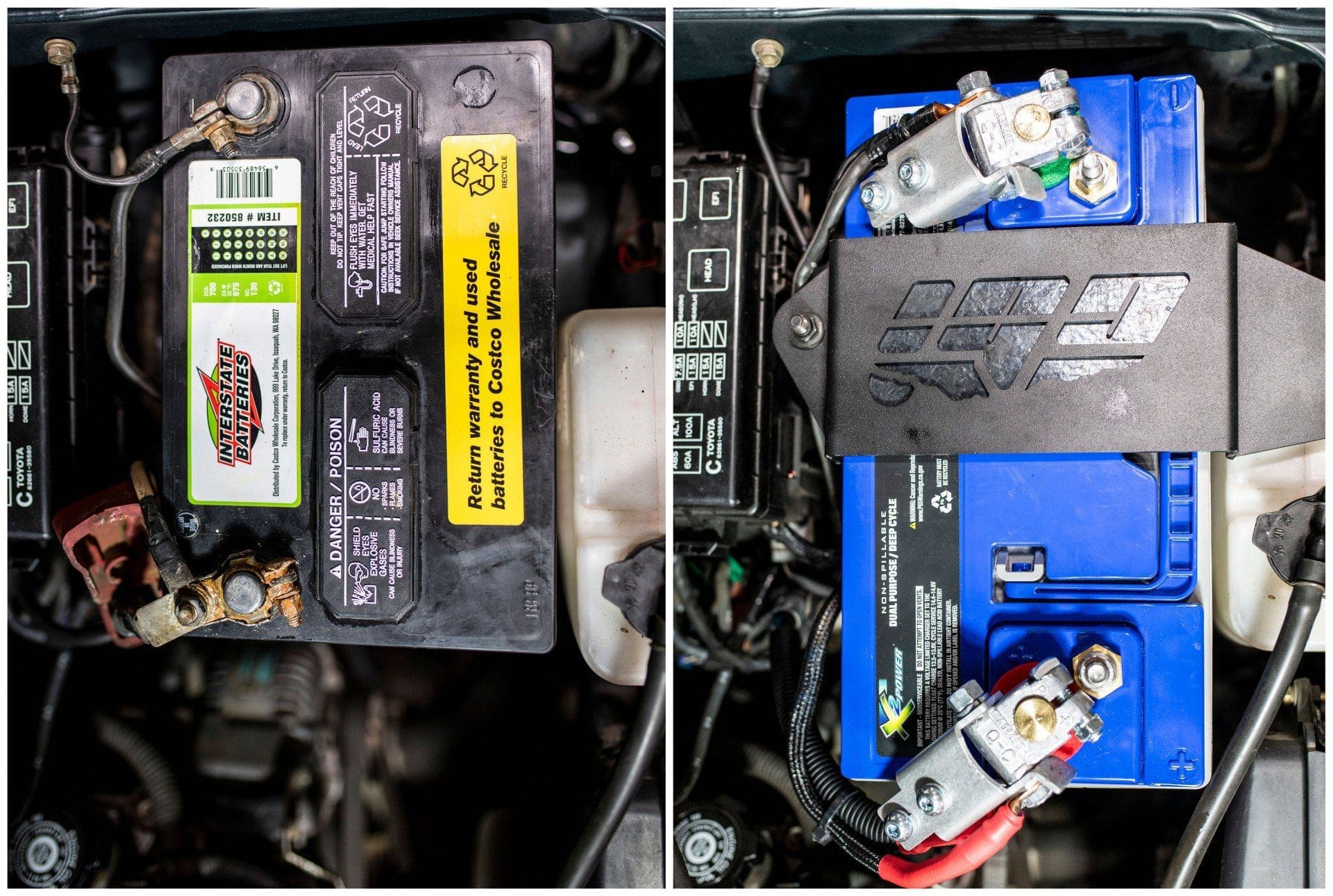
Powering Your Overland Rig With Batteries
There are several ways to use these batteries to power your vehicle and its electronics.
Choose a large house battery to be charged by your alternator.
As long as you are driving every day, the alternator will charge this battery enough to maintain your power levels for a long time. Group 27 to Group 31 batteries are common for this setup. Now, if you are stopped and parked frequently you will need to either a.) replenish the well through solar; or b.) deepen the well with more batteries.
Add solar panels.
If you are in an area with good sun (such as the desert of California) and depending on your vehicle payload, this system could power your setup indefinitely by charging your house battery. A solar charge controller regulates the amount of power that is delivered from the solar panel to the battery bank.
On Expedition Overland trips, we are constantly moving and thus don’t have permanently mounted solar panels. On the rare occasion when we do stay in one place for more than two days we use the REDARC 150W Solar Blanket.

Use a dual battery system.
This is a great option when the loads outweigh the capacity of the starting battery. The advantage of running a dual battery system is its ability to separate the load functions of the vehicle. Typically your starting battery powers the basic functions of the vehicle, your communications devices, a winch (if installed) and driving lights. This is best practice.
All auxiliary loads or accessories are then placed on the house battery (aka the auxiliary battery). A dual battery system in this configuration typically needs to be of the same chemistry as the start battery. For example, your starting battery and house battery would both have to be lead acid. If you choose to run mixed chemistry, you need to step up to a battery manager (see below).
Run dual or triple battery systems plus solar.
If sized correctly, this system will run itself indefinitely.
Battery Isolators and Battery Management Systems
A battery isolator isolates batteries so the alternator will only charge your house battery when the engine is running, preventing the electrical load from draining your starting battery.
You can manage dual batteries with a smart dual battery isolator (or “smart solenoid”), which prioritizes the starting battery. If the starting battery drops below a certain voltage, the smart dual battery isolator will shut off charge to the house battery, maintaining the starting battery’s power levels. National Luna and Equipt both offer smart solenoids.
A battery management system, on the other hand, draws power from the starting battery and solar panel(s) to charge the house battery. Benefits of this system include the ability to monitor and maintain the house battery at an optimal charge, allowance for three different chemistries of house battery, and an easy-to-read display showing battery usage and charge levels.
With the introduction of REDARC into the U.S. market, a sweep of systems have taken power management to the next level. We’ve gone through many different types of systems over the years, and none of them lived up to the challenge of the demand we placed on the system, or provided us with the amount of detail we really needed to fully understand what was going on between the alternators and within the batteries. Enter the REDARC Manager 30 and Red Vision battery management systems.
REDARC’s Manager 30 ( USA | AUS ) provides you with the ability to monitor your battery systems through a display. It tells you how much power you are using, where it is going and how much power is coming in through the alternator. It prioritizes solar over the alternator and provides you with charge logs so you can see how you’re using the batteries and where a loss might be coming from. This helps to diagnose the problem, rather than guessing or problem solving. We use this system in our Tundra PCOR tray, Tacoma, Patriot Camper TH610 Trailer and in the Jeep Gladiator PCOR Canopy system.
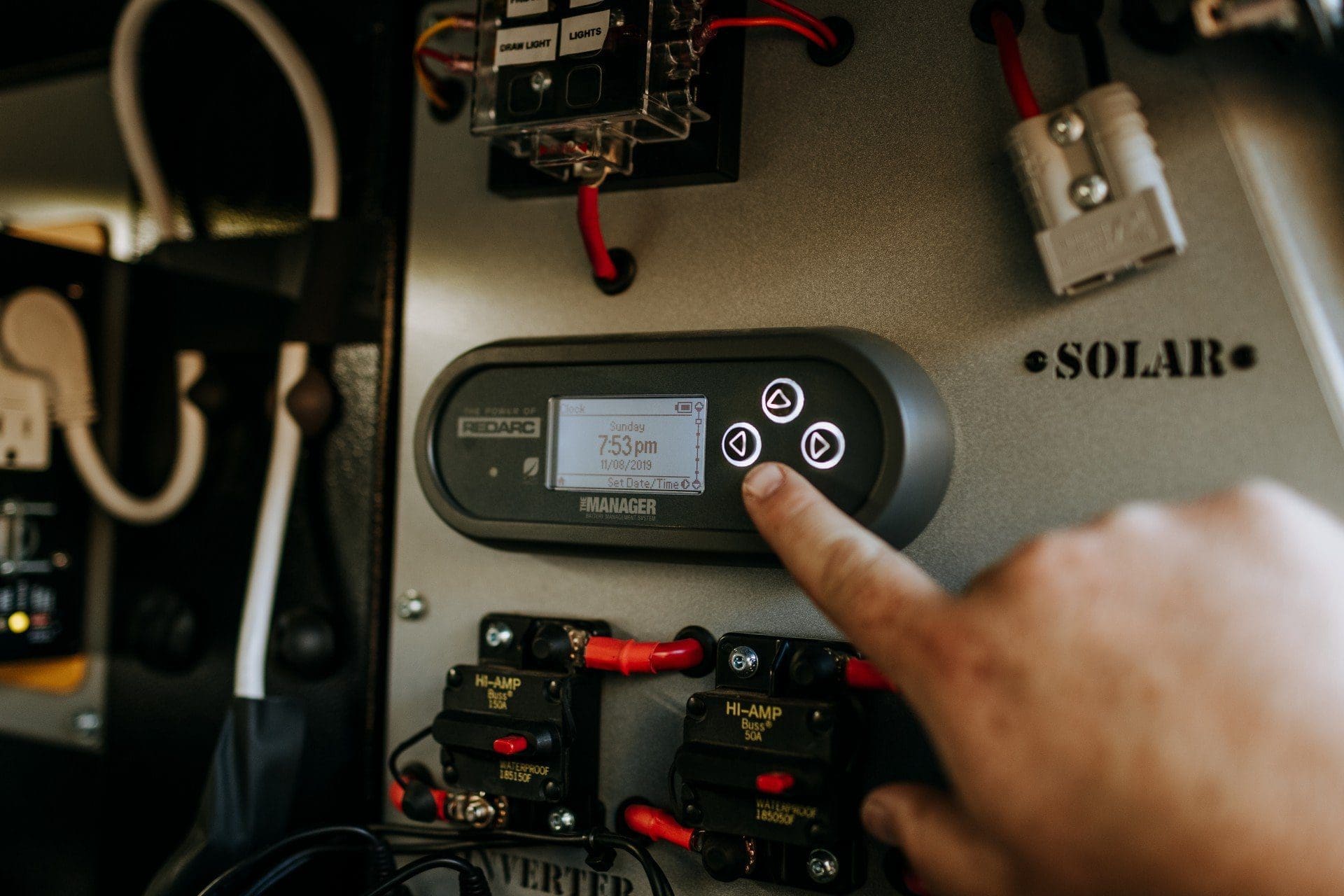
REDARC’s RedVision System ( USA | AUS ) acts as a power supply distributor to different switches. Typically this system is installed or incorporated into the vehicle from the ground up, and allows you to see all of the data (plus turn switches on and off) from your phone. We use this in the Tundra X3 system.

Electronics can be quite a complex matter akin to the “dark arts.” There will be specific applications for your vehicle. One of the above power systems might indeed be the solution for you, it just depends on the level of intricacy and complication that your build demands. Our best advice is to talk to someone specialized in the field. Start by browsing the websites we’ve listed above, and contact one of the dealers for more information.
Which battery management systems do you use? Let us know in the comments below!
